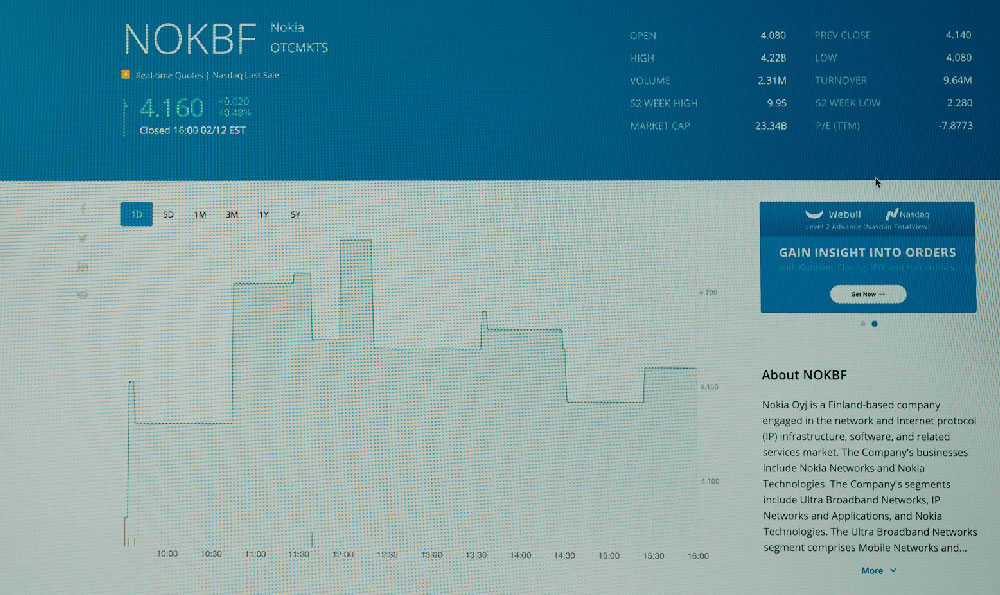Navigating the landscape of higher education often involves understanding the nuances of enrollment status, particularly the distinction between full-time and part-time study. While the fundamental aim remains the same – acquiring knowledge and credentials – the intensity and pace of learning significantly differ based on enrollment status. To fully grasp the implications of part-time study, one needs to understand the credit hour threshold and the factors that define part-time enrollment.
The concept of a credit hour is the cornerstone of academic measurement, representing the amount of time a student is expected to invest in a particular course. This investment includes not only classroom or lecture time but also outside-of-class work such as reading, assignments, and project completion. While specific definitions may vary slightly across institutions, a credit hour generally corresponds to one hour of classroom instruction per week for a semester or term, with an expectation of two to three hours of outside study for each hour in class.
The determination of how many credit hours constitute part-time study is, therefore, intrinsically linked to the institution's definition of full-time enrollment. Universities and colleges typically designate a certain number of credit hours as the benchmark for full-time status. This number is often, though not always, twelve credit hours per semester for undergraduate students. A student enrolled in twelve or more credit hours is typically considered full-time, while enrollment below this threshold defines part-time status. Consequently, an undergraduate student taking fewer than twelve credit hours in a given semester is classified as a part-time student.

It is crucial to acknowledge that this threshold is not universally fixed. Graduate programs may have different requirements, with full-time status often requiring fewer credit hours, sometimes as low as nine. Furthermore, certain professional programs, such as law or medicine, may have their own distinct criteria for full-time and part-time enrollment. Therefore, students should always consult the specific academic policies of their institution to understand the exact credit hour requirements for different programs.
Beyond the numerical threshold of credit hours, several factors contribute to defining part-time enrollment and its implications. These factors touch upon academic progress, financial aid eligibility, and access to certain campus resources.
Academic progress is significantly impacted by enrollment status. Full-time students are generally expected to complete their degree programs within a standard timeframe, typically four years for a bachelor's degree. Part-time students, on the other hand, progress at a slower pace and often take longer to graduate. This extended timeframe can affect their career trajectory and overall lifetime earnings. However, part-time study also provides flexibility for students who need to balance their education with other commitments such as work, family responsibilities, or other personal circumstances. It allows students to learn at a pace that suits their individual needs and schedules.
Financial aid eligibility is another critical aspect influenced by enrollment status. Many financial aid programs, including federal student loans and grants, have specific requirements regarding enrollment. While part-time students may still be eligible for financial aid, the amount they receive is often less than that awarded to full-time students. Furthermore, some scholarships and grants may be exclusively available to full-time students. Therefore, students considering part-time study should carefully research the financial aid implications and explore all available funding options. They should contact the financial aid office at their institution to discuss their individual circumstances and determine the best course of action.
Access to campus resources can also be affected by enrollment status. While most universities strive to provide equal access to all students, some resources may be prioritized for full-time students. For example, full-time students may have priority access to on-campus housing, certain library resources, or career services. Part-time students may still be able to access these resources, but their availability may be limited. This is another factor that students should consider when deciding whether to enroll full-time or part-time.
The advantages of part-time enrollment include increased flexibility and the ability to balance education with other commitments. This can be particularly beneficial for working adults, parents, or individuals with other significant responsibilities. Part-time study also allows students to spread out the cost of education over a longer period, potentially making it more manageable financially.
However, part-time enrollment also has potential disadvantages. It can take longer to complete a degree, which may delay career advancement and reduce lifetime earnings. Part-time students may also feel less connected to the campus community and may have fewer opportunities to participate in extracurricular activities. The reduced access to certain campus resources is another potential drawback.
In conclusion, the determination of how many credit hours constitute part-time study hinges on the institution's definition of full-time enrollment, typically falling below twelve credit hours per semester for undergraduate students. However, it is more than just a numerical threshold. Part-time enrollment has significant implications for academic progress, financial aid eligibility, and access to campus resources. Students should carefully weigh the advantages and disadvantages of part-time study before making a decision, taking into account their individual circumstances, academic goals, and financial situation. Consulting with academic advisors and financial aid officers is highly recommended to make an informed choice that aligns with their personal and professional aspirations. Understanding the nuances of enrollment status is paramount for students seeking to navigate the complexities of higher education and achieve their academic goals.












